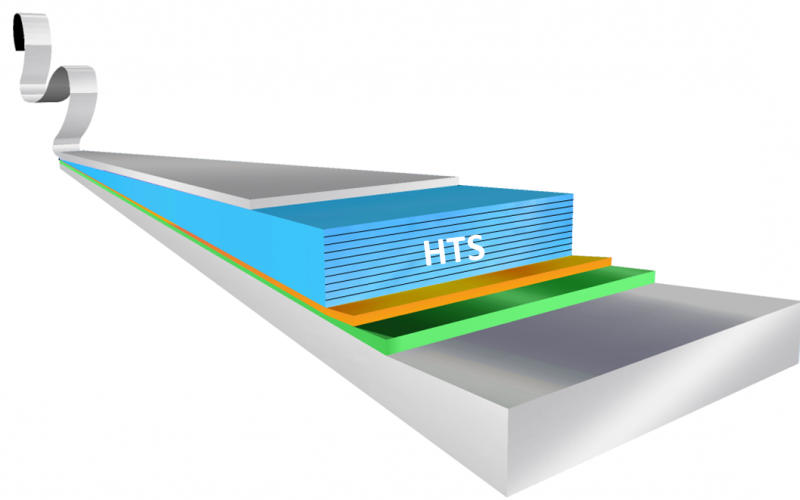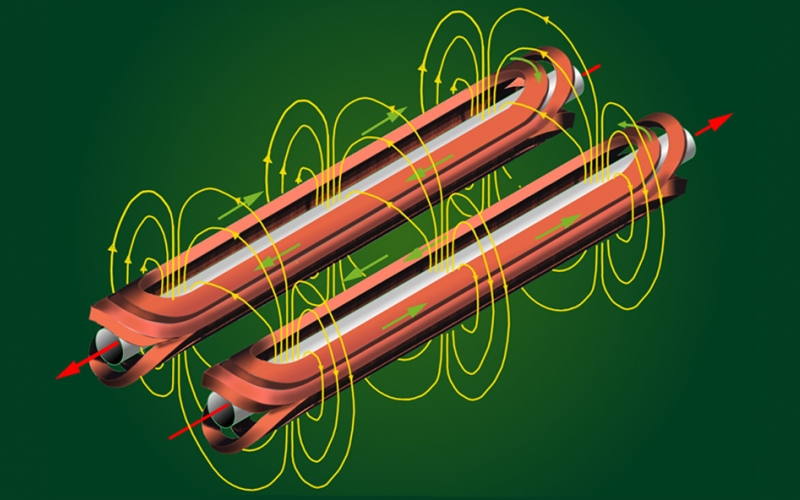Cloud-based simulation of high-temperature superconducting cables


Oxolutia is a technology-based Spanish SME specialising in thin-film oxide architectures deposited by industrial inkjet printers using special inks. The objective of this experiment is to investigate a new market for Oxolutia in the area of high-temperature superconductors (HTS) which can be used to construct generators, motors and superconducting magnets for applications such as power cables, energy storage and magnetic resonance imaging (MRI) devices. This is a growing market and one where there is a need for new design tools, tackling mechanical, thermal and electromagnetic behaviour. The hard non-linearity, hysteretic behaviour and time dependence of HTSs require a robust, fast and powerful computing environment for obtaining solutions consistent with a productive design cycle. To reduce design times to reasonable levels, High Performance Computing (HPC) has become an essential component in the development of such a design tool.
The Challenge
Starting from the electromagnetic software package, FEMPAR from the ISV CIMNE, the challenge was to develop and implement the capabilities of the code to calculate magnetic, electric and current density fields, mechanical and thermal properties including temperature, stress and strain fields. An important part of this challenge was to compare the calculations from the enhanced FEMPAR with those from commercially tested solvers in order to verify the results obtained.
The Solution
In order to enable feasible computation times and to increase the competitiveness of an SME by enabling a new business area, a multiphysics-based HPC application has been developed which enables the behaviour of HTS devices to be simulated. The use of this application can contribute significantly to savings in time and money in the development of such devices adapted to meet customer demands. It enables Oxolutia to understand the performance and characteristics of its products. High-fidelity simulations and the availability of HPC, significantly reduce the development costs of prototypes and have opened up a new market for the SME.
The Benefits
CESGA and CIMNE plan to offer a service enabling SMEs to simulate the electromagnetic and physical behaviour of HTS devices. This service will be offered on a pay-per-use basis including licence fees and the costs of computing cycles.
Through the use of this service Oxolutia expects to see a new business turnover over the next year of €25k, based on the sales of HTS devices, of which production costs, licence fees and computer cycles would comprise €12k, that is a net profit of €13k. Over the next 3 years, Oxolutia expects to see a new business turnover of €500k of which production costs, licence fees and computer cycles would comprise €150k, that is a net profit of €350k.
Similarly, ISV CIMNE anticipates a net profit of €54k from related new business over the next 3 years due to the provision with CESGA of the pay-per-use simulation service. Over this period CESGA expects to increase its provision of CPU cycles to CIMNE by 32k core hours.
ICMAB, the HPC application expert, expects a profit over this period of €45k based on increasing of consultancy and research contracts using the pay-per-use service.
Companies Involved
End-user: Oxolutia
HPC Expert: ICMAB-CSIC
ISV: CIMNE
HPC: Provider: CESGA
